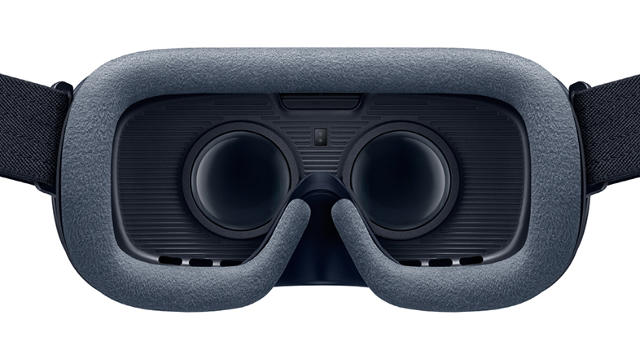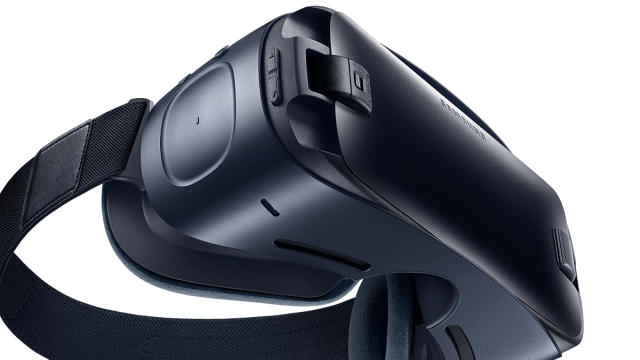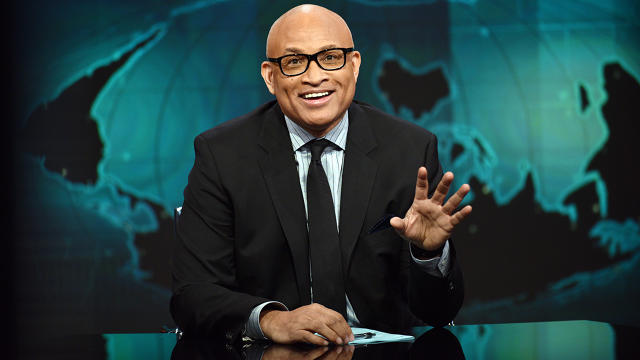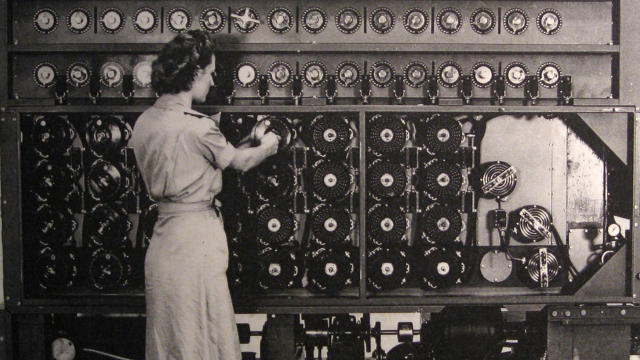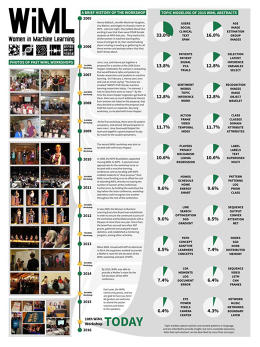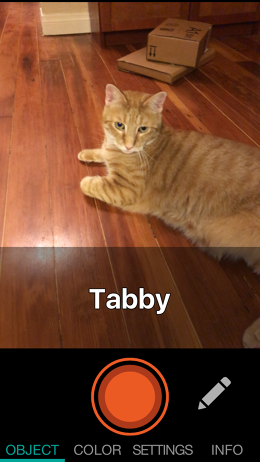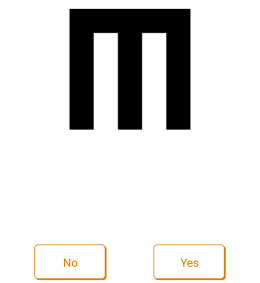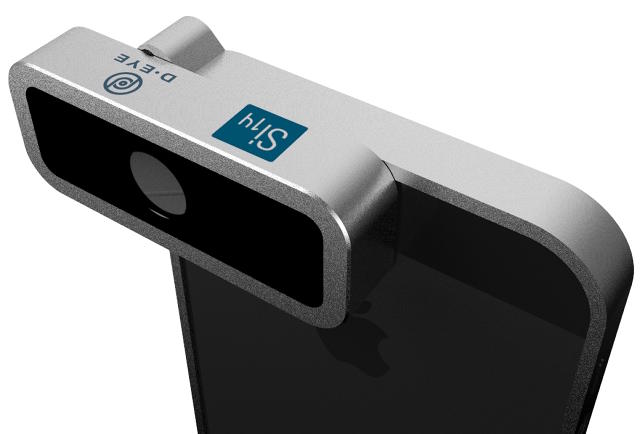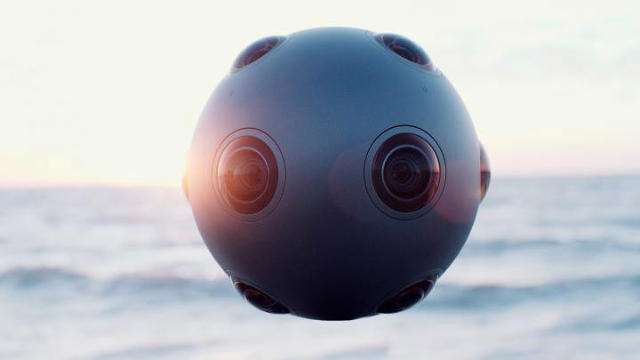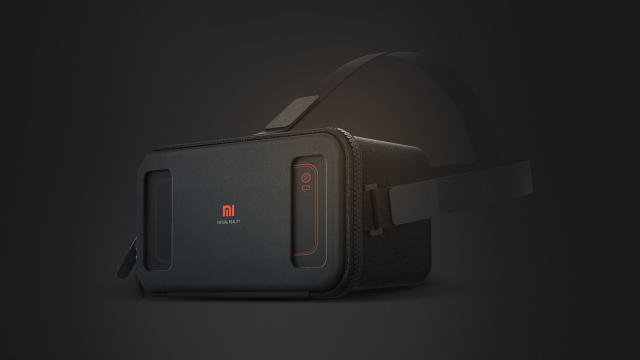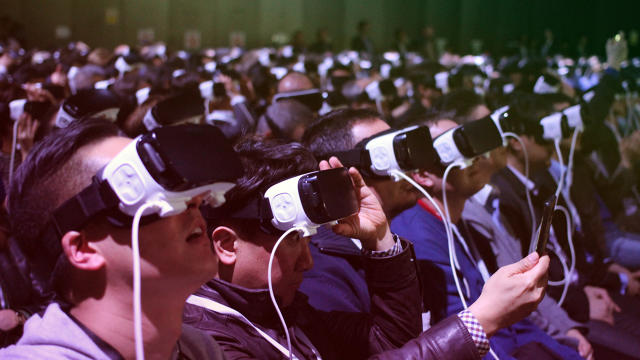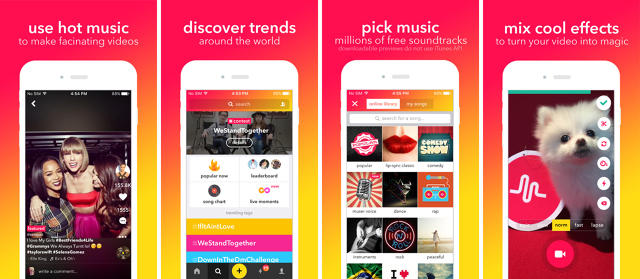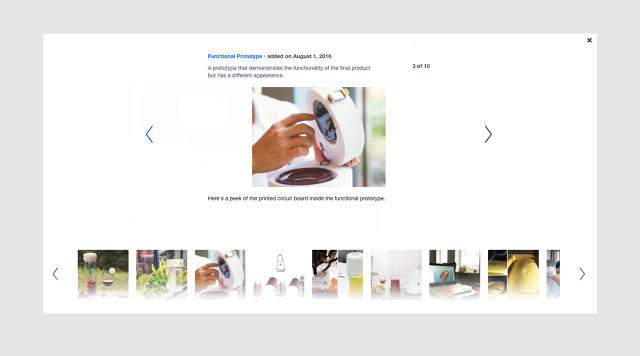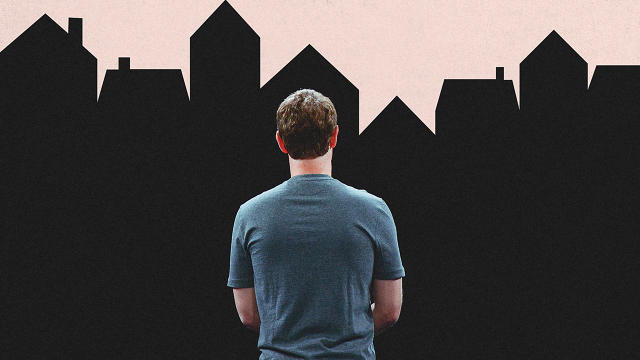Mobile devices keep us connected 24/7, but digital detox retreats offer a way to regain control.
Smartphones are used for much more than just calling or texting. We're using them as alarm clocks, reminders to attend meetings, and as a way to manage a variety of tasks.
According to a 2015 report by Pew Research Center, 62% of those surveyed used their phone to look up information about a health condition, 57% for online banking, and 30% to take a class or get educational content. Eighteen percent even used it to submit a job application.
Due to this increasing dependence on mobile devices, resorts are now offering digital detox retreats where participants give up technology during their stay and discuss ways to manage their daily use. Retreats range from a rustic stay in cabins at Camp Grounded to a luxurious weekend retreat at The Spa at Mandarin Oriental in Las Vegas.
Jodi Omear, a communications executive in Washington, D.C., attended Camp Grounded last summer with a friend and is heading back for another four-day retreat at the end of August.
Omear admits that before the retreat, she was very dependent on her devices. They were the last thing she looked at before going to sleep and first thing she looked at when she woke up. In between, she typically checked her smartphone every 10 to 15 minutes.
After work hours, it was not unusual for Omear to text her friend on her phone while using Gchat on her laptop, play Candy Crush on her iPad, and have the television on. In fact, her parents were so concerned that she wouldn't survive four days without a smartphone that they offered to pay for a hotel room if Omear and her friend couldn't make it to the end of the retreat.
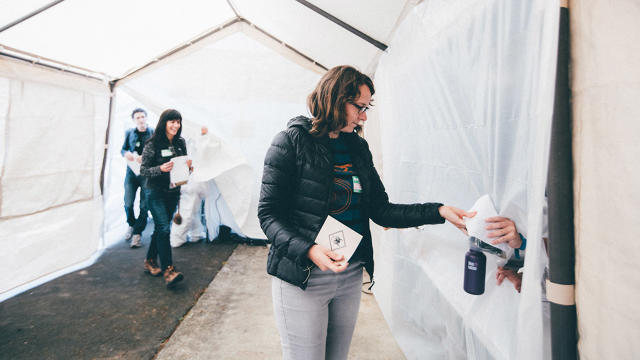
Learning To Go Without
"When you check in, they take your phone, your watch, and any sort of fitness band, and you have no idea of anything," Omear says. "We wondered how we would know when to go to yoga, eat, or go to bed." Participants were also not allowed to talk about work.
During the retreat, Omear says she realized how much she uses her smartphone as a distraction. "When you are standing in line at Starbucks, you don't have to pull out your smartphone," she says. "You can actually talk with the person in front of you, or look around and see what's happening," Omear notes. But she observes that "in any awkward moment, we take out our phones so we look like we are doing something."
When Camp Grounded returned their devices to Omear and her friend, they were actually hesitant to use them. "Neither one of us wanted to turn our phones on," she says, "but we realized we needed to call our families." When they stopped at a grocery store and saw everyone looking at their phones, talking on their phones, and paying with their phones, she says they felt overwhelmed. "We got back in the car and turned our phones off," she says.

Changing Habits
Since returning to Washington, D.C., Omear took some steps to ensure she could stick with the shift in behavior. In addition to buying an alarm clock to help her wake up, she's banished the phone from the bedroom while she sleeps. She also purposefully leaves it at home when she does errands. At work, she takes five to 10-minute breaks without it by walking around the block.
One of the struggles, Omear says, is while she can change her own digital routines, she can't change the habits of others. It's not unusual to have dinner with friends who check their phones throughout the meal. One way to change that behavior, she says, is to have everyone put their phones in the center of the table and agree that the first person to touch their phone has to buy dinner for everyone.

Detoxing Just For The Day
Giving up your device for even one day can have a positive impact. That's why some companies are creating their own digital detox retreats by sponsoring an "Unplugged Day."
"The devices we use to produce things are also the devices we use to communicate, and that's a dangerous combination," says Nathan Hendricks, chief creative officer at branding firm LPK. All day long, employees are interrupted by email, texts, meeting notifications, and other pings from their smartphones, he says.
LPK sponsored a voluntary Unplugged Day last year and encouraged employees in its Cincinnati, London, Geneva, Singapore, and Guangzhou, China, offices to give up their smartphones and computers for one day.
To prepare, LPK crafted emails to clients ahead of time and told them the firm would be unplugged for a day. "The logic was, if we had a day off, or it was a holiday, people would deal with not being connected to us," Hendricks says. About half the employees, mostly in Cincinnati, participated, he says.
Ashley Edwards, strategy director of trends and Insights at LPK, was apprehensive about unplugging for a day, but is glad she did it. "We're all a bit too attached to our phones," she says. Edwards says she used to carry her phone to every meeting, looked at a screen for 50% or more of each workday, and heavily used social media at home. "If there was a lull in the conversation or if I was waiting for the elevator or at a red light, I would check email on my phone," she admits.

Learning Connectivity Isn't Always Essential
Initially, she says, giving up her phone was difficult but, as the day went on, it got easier. "Maybe," she says, "because we knew we would get our phones back." Despite not having a phone or a computer, Edwards says she felt the day was productive.
Much of her department's research, she says, is captured in meetings using Post-It notes that are displayed on a wall, so they didn't need a computer or smartphone. An added benefit was that employees were fully engaged at the meeting. "Everyone knows that feeling of 'you're not listening to me, you're on your phone,'" she says. On the device-free day, fewer people were looking down at their phones and paying attention instead.
Unplugged Day helped Edwards realize that mobile phones aren't as essential to her workday as she thought. As a result, Edwards has disabled all notifications on her devices except for voice mail and text. "The phone part is important," she says, "but all this other stuff on the phone doesn't facilitate work. It's more of a distraction than a necessary tool."
